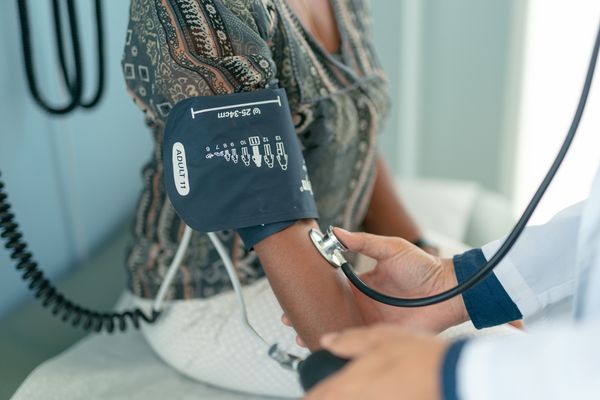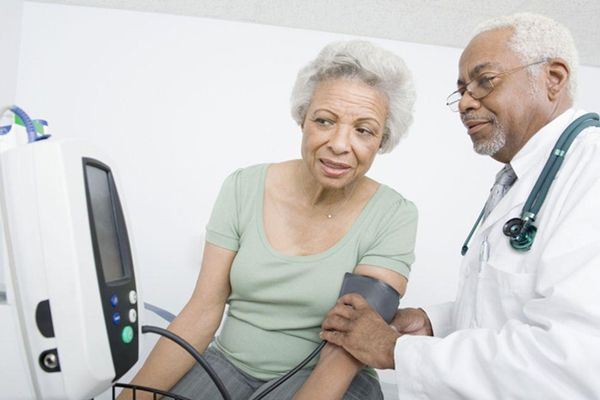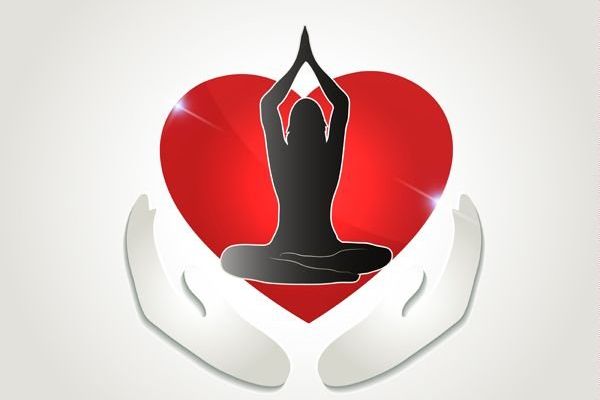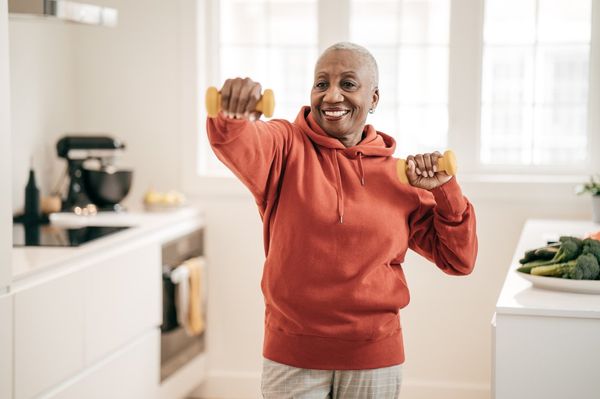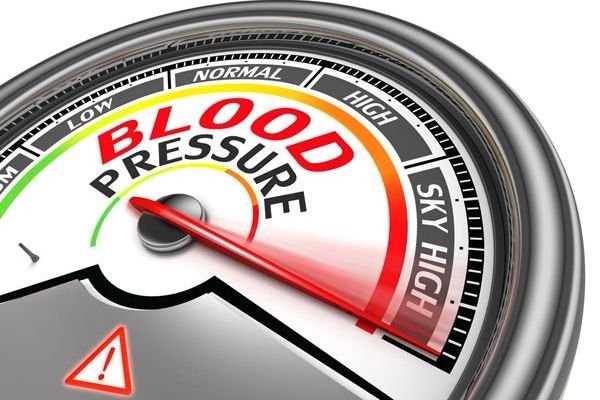Q:
Based on my blood pressure reading at my doctor's office, my doctor says I have prehypertension (blood pressure between 120/80 and 139/89). What should I do?
A:
I would not base a diagnosis on just one blood pressure reading. Blood pressure fluctuates throughout the day and changes depending on the situation. For instance, were you sitting or standing when your pressure was taken? Ideally, it should be taken after you have been sitting quietly for five minutes and are sitting with both feet on the floor and uncrossed. Also, there is such a thing as "white coat" hypertension, in which anxiety about seeing the doctor causes your blood pressure to rise. That's why it is important to take your own blood pressure reading at home, with a home monitor. You can also purchase a home blood pressure monitor in a drugstore or a medical supply store or over the Internet.
If several blood pressure readings continue to show an elevated pressure, then you probably do have prehypertension. This is defined as a blood pressure between 120 and 139 mm Hg systolic and/or between 80 and 89 mm Hg diastolic. Consider this a kind of "canary-in-the-coal-mine" warning that something is going on. Have you gained weight recently? Are you eating a diet that is high in sodium? Are you on a new medication that may cause your blood pressure to rise? Have you stopped exercising? Have you begun drinking more alcohol? Do you smoke? All of these lifestyle factors can lead to higher blood pressure. Simply getting older can also be a cause of rising blood pressure.
The really good news is that in most cases, lifestyle changes can bring your blood pressure down. One of the first things I recommend is to reduce the amount of sodium in your diet. The best way to do this is by cutting down or cutting out most processed foods—things like frozen foods, fast foods and canned foods. In addition, read your food labels and limit foods that are high in sodium. Many foods are loaded with sodium. Even breakfast cereals have added sodium! Limit sodium intake to no more than 2.4 grams a day, about 1 teaspoon. This could reduce your blood pressure between 2 and 8 mm Hg.
Next, if you're not exercising regularly, you should start. Even 30 minutes of brisk walking most days of the week could bring your blood pressure down 4 to 9 mm Hg.
But the biggest bang for your blood pressure buck comes from losing weight. Every 22 pounds you lose reduces your blood pressure up to 20 mm Hg!
So, to recap: After you have monitored your blood pressure at home for a few weeks, check with your health care professional again about your blood pressure. If it remains elevated, talk about lifestyle changes that you plan to implement to bring it down. Then get to work!


